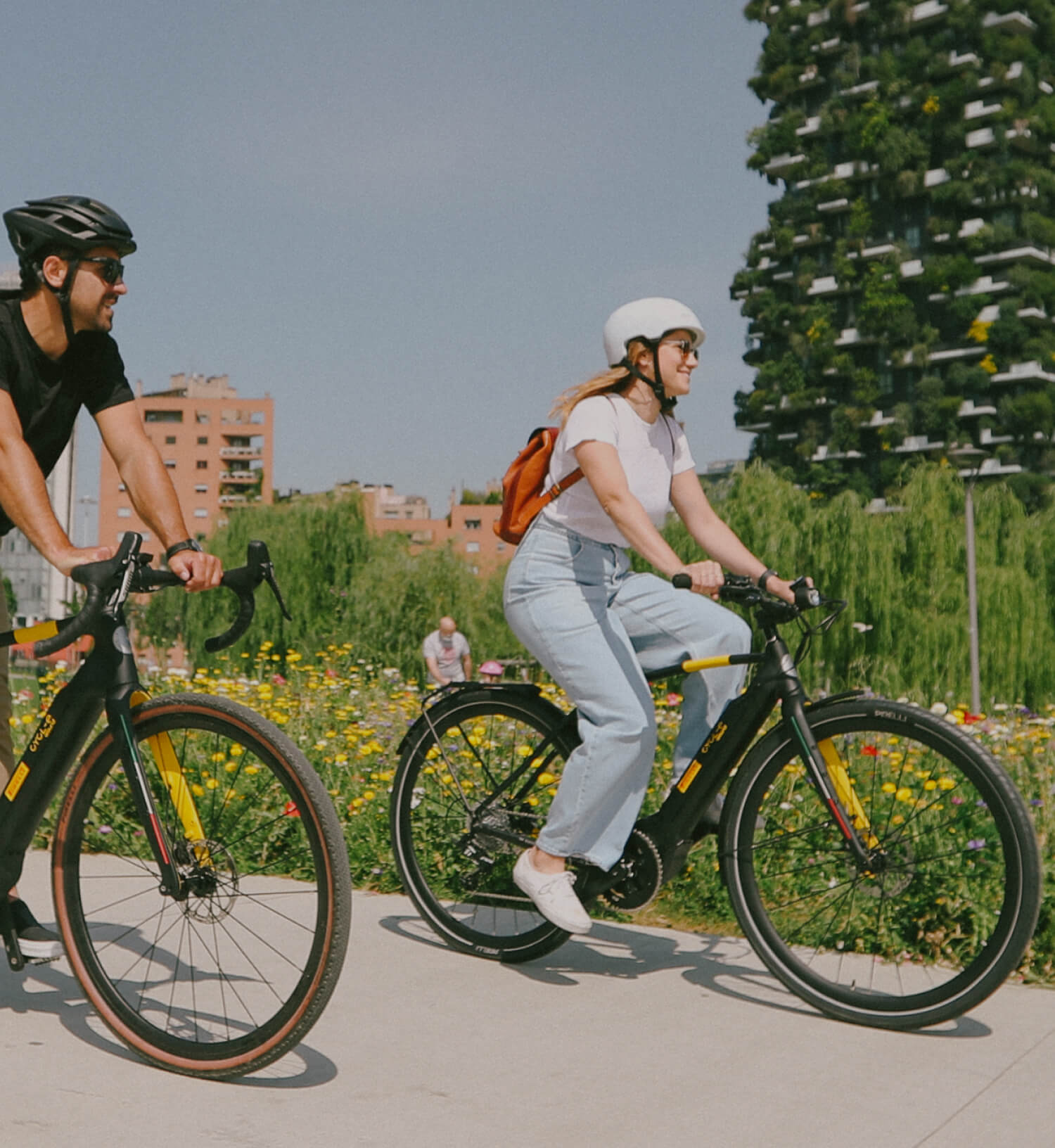A new age of urban innovation
Cities may have felt left for dead in the wake of the Covid-19 pandemic, but they are transforming fast and could be approaching a golden age of participatory urban innovation
Since they emerged 10,000 years ago, cities have become a key engine of human innovation. Yet their path has been anything but linear – cities have undergone rapid bursts of radical change, turning points that have redefined their very essence. Such developments often occur as the result of technological innovations – such as the advent of the automobile – but also as a reaction to traumas — from wars to pandemics.
When Covid-19 arrived and our congested urban centres became the epicentre of the contagion, many predicted that cities would become obsolete. The theory went that people would flee to the safety of suburbs or faraway rural areas and embrace a regime of remote work. But how have things gone since? Is urbanity actually dead?
For sure, the pandemic did not leave our cities unchanged. Working from home is here to stay, at least in higher proportion than before Covid-19. More generally, a higher degree of flexibility in our work habits will probably become a staple of our daily lives. However, there has been no permanent exodus from our biggest cities – most people have already returned.
Even more interestingly, the pandemic has unlocked the potential for a renaissance – what the economist Joseph Schumpeter famously called "creative destruction" on an urban scale. The sudden crisis left municipal governments with little choice but to adopt a fast-paced, trial-anderror approach – there were no "best practices" to guide or constrain their thinking. The result of this worldwide experimentation has been extraordinary: a series of unprecedented innovations in domains such as pedestrianisation, affordable housing and dynamic zoning.
Projects that had stalled for years or decades were implemented in a matter of days or weeks. After many iterations of "feedback loops" with citizens – some more civil than others – some of the changes will become permanent, helping to shape tomorrow's cities.
When the Covid-19 pandemic ends – although that ending will not be an all-at-once affair – our challenge will be to keep its innovative atmosphere – especially as we tackle challenges like climate change. If we keep experimenting with as many initiatives and concepts as possible, we may be able to usher in a new golden age of participatory innovation in our cities.
The urban is more alive – and kicking – than ever.

